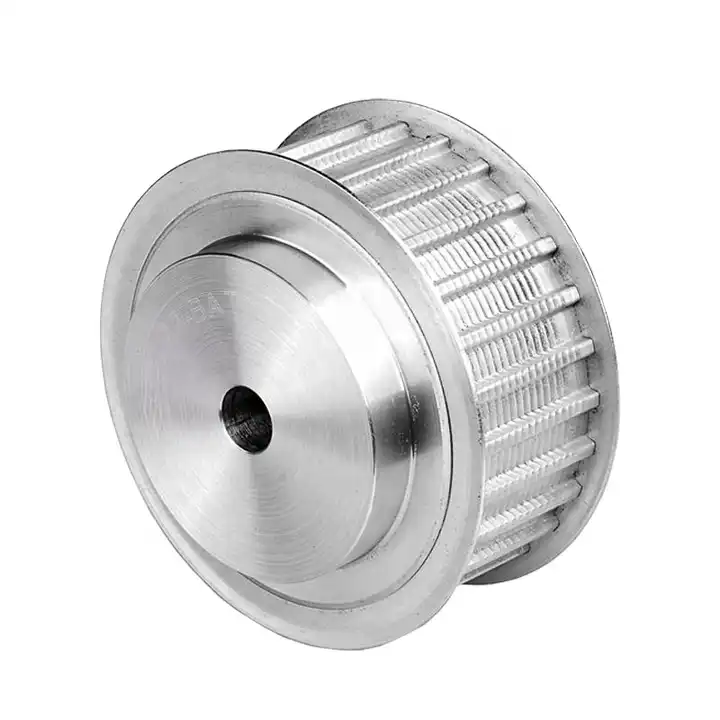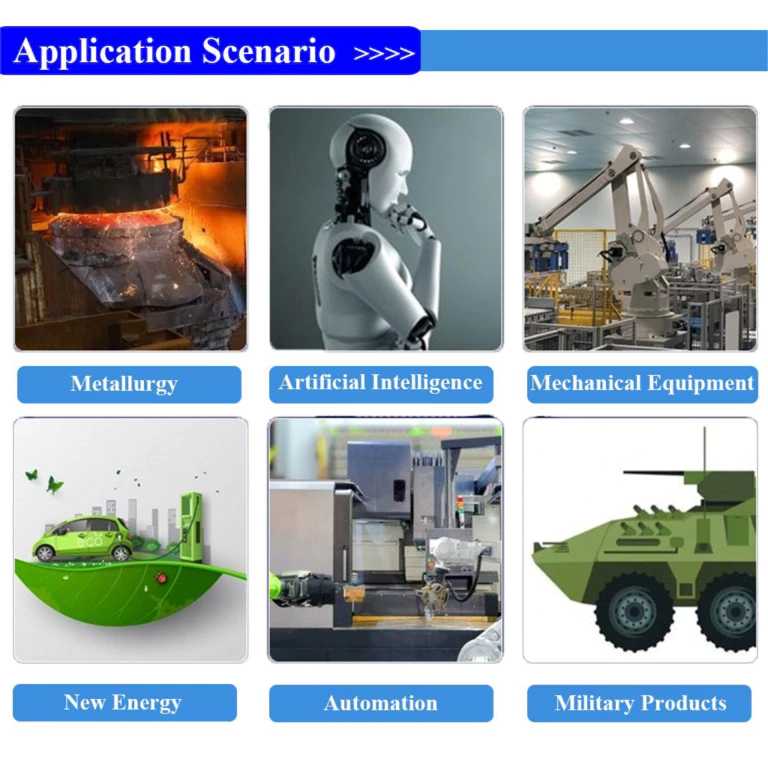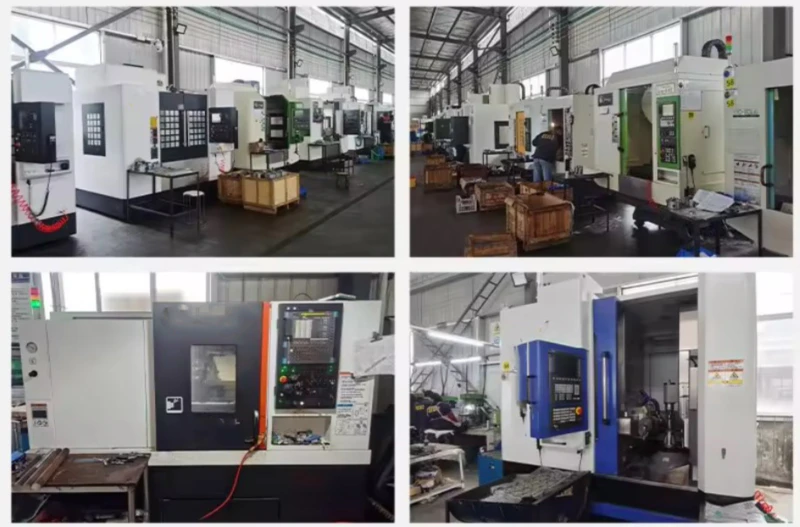Timing Pulley Manufacturing Processes and Material Selection
Timing pulleys are essential components in many industrial applications, such as robotics, packaging equipment, printing presses, and medical equipment. These pulleys are responsible for transmitting power and motion between two parallel shafts by wrapping a belt around their teeth.
Timing Pulley Manufacturing Processes
The manufacturing process of timing pulleys is critical to their performance, durability, and overall quality. There are three primary manufacturing processes for timing pulleys:
Machining
The most common manufacturing process for timing pulleys is machining. This process involves removing material from a solid block of metal or plastic to create the pulley’s shape and teeth. Machining can produce high-quality pulleys with tight tolerances and precise tooth profiles, making them suitable for high-precision applications.
Injection Molding
Injection molding is a popular manufacturing process for small to medium-sized timing pulleys. This process involves injecting molten plastic into a mold cavity and allowing it to cool and solidify. Injection molded pulleys have excellent repeatability, high production rates, and can be produced in various colors and materials.
3D Printing
3D printing is a relatively new manufacturing process for timing pulleys. This process involves building the pulley layer by layer using a 3D printer and a thermoplastic material. 3D printed pulleys are suitable for prototyping and small production runs, but they may not have the same durability and precision as machined or injection-molded pulleys.
Material Selection
The material selection for timing pulleys is essential to their performance, durability, and cost-effectiveness. Common materials used for timing pulleys include:
Aluminum
Aluminum is a popular material for timing pulleys due to its lightweight, high strength, and corrosion resistance. Aluminum pulleys are suitable for high-speed applications and can handle moderate loads.
Steel
Steel is a common material for timing pulleys due to its high strength, durability, and wear resistance. Steel pulleys are suitable for heavy-load applications and high-stress environments.
Nylon
Nylon is a versatile material for timing pulleys due to its low cost, lightweight, and resistance to abrasion and chemicals. Nylon pulleys are suitable for low-load and low-speed applications.
V Pulley
V pulleys are a type of timing pulley with a v-shaped groove that is designed to work with a v-belt. They are commonly used in industrial applications, such as HVAC systems, compressors, and pumps. V pulleys come in various sizes and materials to suit different applications. Check out vpulley.com for more information.
Our Company
Our company is a leading supplier of pulleys in the Chinese market. We offer a wide range of products, including timing pulleys, v pulleys, belt wheels, belt idler pulleys, flat pulleys, and more. Our state-of-the-art fully automated CNC production equipment and assembly equipment ensure that our products meet the highest quality standards. We also offer customized products based on customers’ drawings and samples. Contact us today to learn more about our products and services.
Q&A
Q1. What are the benefits of using timing pulleys in industrial applications?
A1. Timing pulleys are essential components in many industrial applications as they can transmit power and motion between two parallel shafts efficiently. They are durable, reliable, and require minimal maintenance, making them ideal for use in high-precision and high-speed applications.
Q2. What is the most common manufacturing process for timing pulleys?
A2. The most common manufacturing process for timing pulleys is machining, which involves removing material from a solid block of metal or plastic to create the pulley’s shape and teeth. Machining can produce high-quality pulleys with tight tolerances and precise tooth profiles, making them suitable for high-precision applications.
Q3. What are the common materials used for timing pulleys?
A3. Common materials used for timing pulleys include aluminum, steel, and nylon. Aluminum pulleys are lightweight and corrosion-resistant, steel pulleys are durable and wear-resistant, while nylon pulleys are low-cost and abrasion-resistant.
Q4. What are V pulleys, and what are they used for?
A4. V pulleys are a type of timing pulley with a v-shaped groove that is designed to work with a v-belt. They are commonly used in industrial applications, such as HVAC systems, compressors, and pumps, to transmit power and motion between two parallel shafts.
Q5. Can timing pulleys be customized based on customers’ drawings and samples?
A5. Yes, our company offers customized products based on customers’ drawings and samples. We have a team of experienced engineers and technicians who can design and manufacture products that meet customers’ specific requirements.


